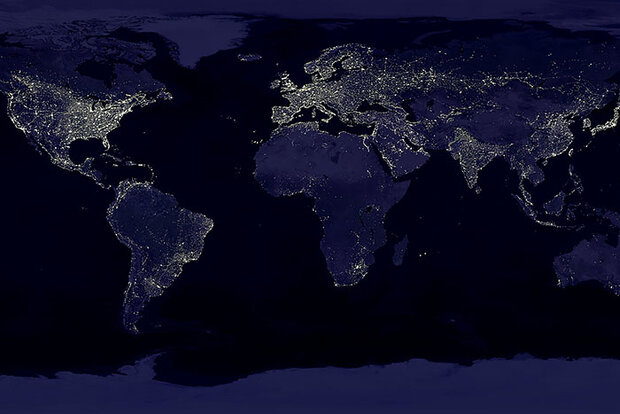Scientists peer into the dark for insights on daytime air pollution

New research shows how air pollution emitted at night primes the atmosphere for air quality problems when the sun shines. Credit: NASA

New research shows how air pollution emitted at night primes the atmosphere for air quality problems when the sun shines. Credit: NASA
Scientists have long known that when common pollutants from traffic exhaust get cooked by the sun, they get transformed into ozone and particulates, two “secondary” pollutants that are harmful to human health.
But what happens when the sun goes down? As it turns out, the chemistry of air pollution at night is much less well understood, even though it primes the atmosphere for what happens the next day.
To date, only a limited number of modeling studies have assessed how the production of ozone and particulate matter is influenced by nighttime atmospheric chemistry, said Steven Brown, a researcher with NOAA’s Chemical Sciences Laboratory. Together with researchers in China, Brown helped develop a new analysis method scientists can use to assess the influence of nighttime atmospheric chemistry on air quality around the world.
“We hope this work will lead to further research that explores how air quality and climate are affected by what happens when the sun goes down,” said Brown.
Read more at the link below.